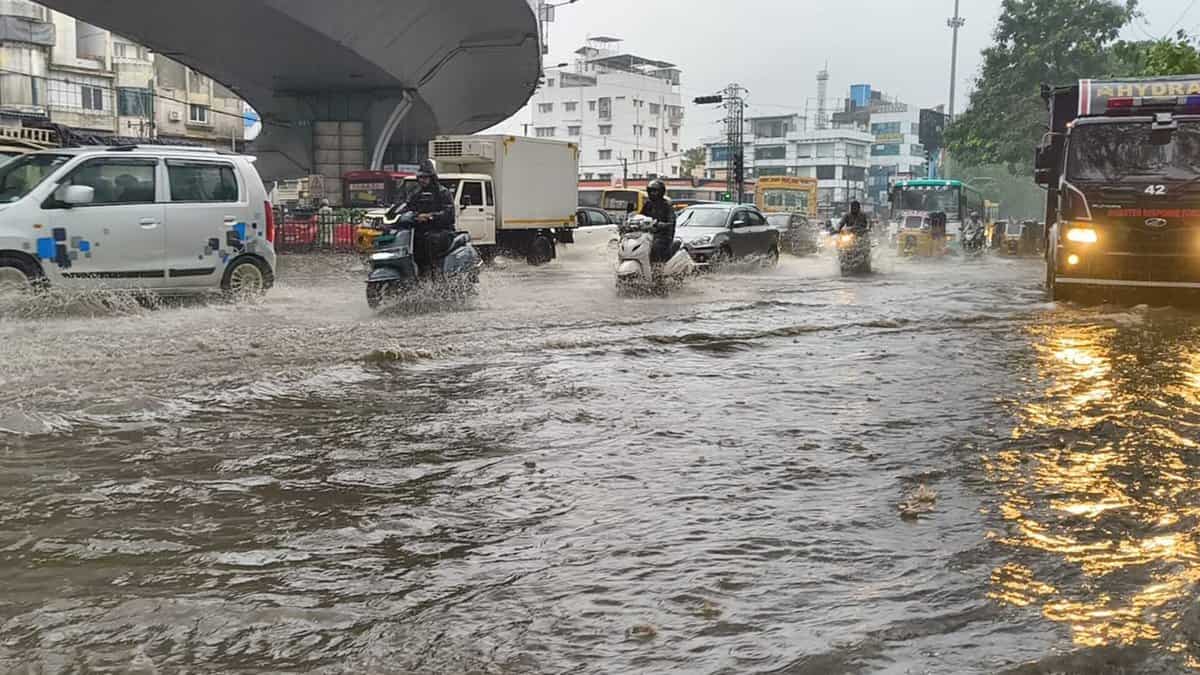According to a new study by the American Geophysical Union, the Indian tectonic plate has been sliding northwards for the last 60 million years, and this collision gave birth to mountain ranges like Himalayas.
The Himalayas are the majestic mountain ranges surrounding the Indian plains and valleys, but beneath these breathtaking mountains lies a a threat of such gargantuan proportions that it can literally split the entire country into two separate halves.
India could be split into two
As per a team of scientists at the Stanford University, the tectonic plate on which India rests has started developing cracks, and this phenomenon can trigger devastating earthquakes, weather changes, and even alter the entire map of the Indian sub-continent in the near future.
Simon Klemperer, a geophysicist at the Stanford University, and his team, have identified a unique process taking place in the Indian tectonic plate. Under the process, which the geophysicists have dubbed ‘delamination’, the heavy, dense part of the Indian tectonic plate is now slowly breaking and sinking into the depths of the Earth, as if a part of India’s land is quietly and steadily, sliding deep inside the planet.
Indian tectonic plate breaking up
According to a new study by the American Geophysical Union, the Indian tectonic plate has been sliding northwards for the last 60 million years, and this collision gave birth to mountain ranges like Himalayas, but now this phenomenon poses a major threat to the Indian sub-continent.
The study reveals that heavier parts of the plate are no longer able to support themselves, and are breaking up and sliding deeper inside the earth. The process is slow, but the its effects can be seen in the coming future, it said.
Northern India most vulnerable
As per the research, its believed that the Himalayas surrounding Northern India and its adjoining areas are the most vulnerable to this phenomenon, and the intensity and intensity and frequency of earthquakes in North India, Nepal, Tibet and Northeast India could surge by a significant margin, if the breaking up of the tectonic plates intensifies.
North India is already categorized as an active seismic zone.
The research warns that this breaking up of plates could drastically alter the shape of the landmass, and even change direction of rivers, and the position of mountains. Additionally, changes in the elevation and structure of the land could affect monsoon and climate cycles.
Scientists predict that populous cities in the region, such as national capital Delhi, Dehradun, Guwahati, and Shillong, are at the most risk due to their infrastructure and large populations.

















































